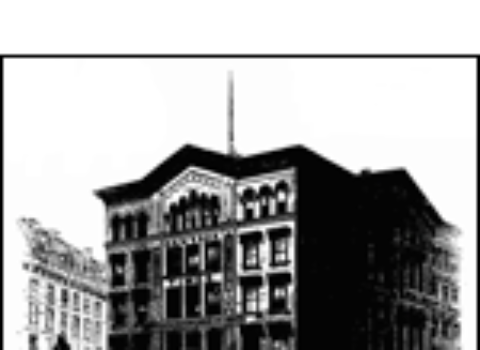Change a few names and places, and this wonderful piece in the Weekly Standard by Andrew Ferguson is just as perfect in August of 2008 as it was when he originally wrote it in August of 2004:
Complaining about the empty ritual of the press complaining about the “empty rituals” that conventions have become has now become, if you’ll pardon the expression, an empty ritual–and soon enough complaints about complaining about the complaints will be declared an empty ritual, and so on and so on, in the endless refractions that carom through punditry’s postmodern house of mirrors, where all commentary is about other commentary. The disdain that political journalists express for modern party conventions (not only “empty ritual” but “staged,” “choreographed,” “infomercial,” and all the other seething pejoratives) is matched only by the intensity with which they insist on covering them. Every national political reporter knows the drill. He will sniff at how “substance free” the conventions are, he will roll his eyes at the inflated claims of party publicists, and then he will mow down his grandmother if she stands between him and the chance to get a good hotel room adjacent to the convention center…
I’m not the first to have noticed that nowadays, when a political party convenes for its quadrennial gathering, there are actually two conventions going on: the traditional convention of perhaps 4,000 party activists and a much larger convention of 15,000 political journalists. Both conventions fulfill the customary social and business functions of such gatherings, as surely as a meeting of the Shriners would, or the annual convention of the Direct Marketing Association: The participants hang out, gossip, drink, spend expense-account money, “make contacts,” do a little work, eat better food than they would at home, skulk through the occasional illicit sexual liaison, and gather scraps of information that may later prove useful.
This tale-of-two-conventions is now commonly recognized. What is less often noted, though it becomes increasingly obvious, is that as the party conventions grow wan and meaningless, drained of all surprise and news value and practical importance, they have been kept alive by the second convention, the journalists’ convention, which in contrast grows larger, more elaborate, and more robust every four years. The parasite has consumed the host.
I came across Andrew Ferguson’s piece in this more recent but also terrific item by Jack Shafer at Slate.com. “Unless a brokered convention threatens to break out, these political gatherings tend to produce very little real news,” Shafer writes. “Yet the networks, the newspapers, the magazines, and the Web sites continue to insist on sending battalions of reporters to sift for itsy specks of information”:
According to Forbes, 15,000 pressies are expected to attend each of the conventions. Slate, I’m embarrassed to admit, is sending a team of eight to Denver and six to St. Paul. Attention! Don Graham! We’re spending your cash like it’s Zimbabwean bank notes!
While your average political reporter doesn’t think the conventions are a waste of time and resources, he’s likely to agree that nothing very newsworthy actually happens at them. Oh, he may filibuster about how a looming platform battle promises to produce fissures in the party. But if you observe that platforms are written to be ignored by the candidate, he’ll drop his point. Or he may argue that meeting all the important politicos up close at the convention will produce future news dividends. But he’ll pout if you ask him whether the intimacy justifies the expense, which can easily exceed $3,000 per reporter for a bare-bones visit. (A single seat in the designated workspace area at a convention can cost more than $1,000, and an Internet connection is $850. Snacks purchased at the convention make ballpark food look affordable.)





